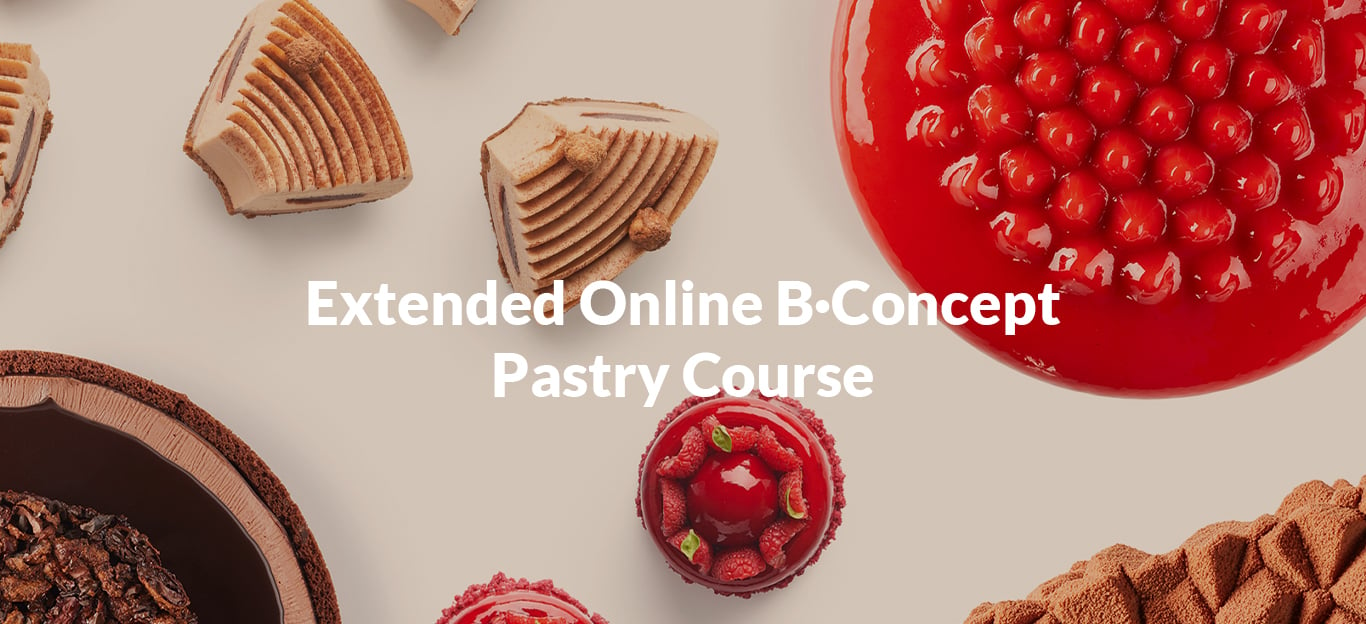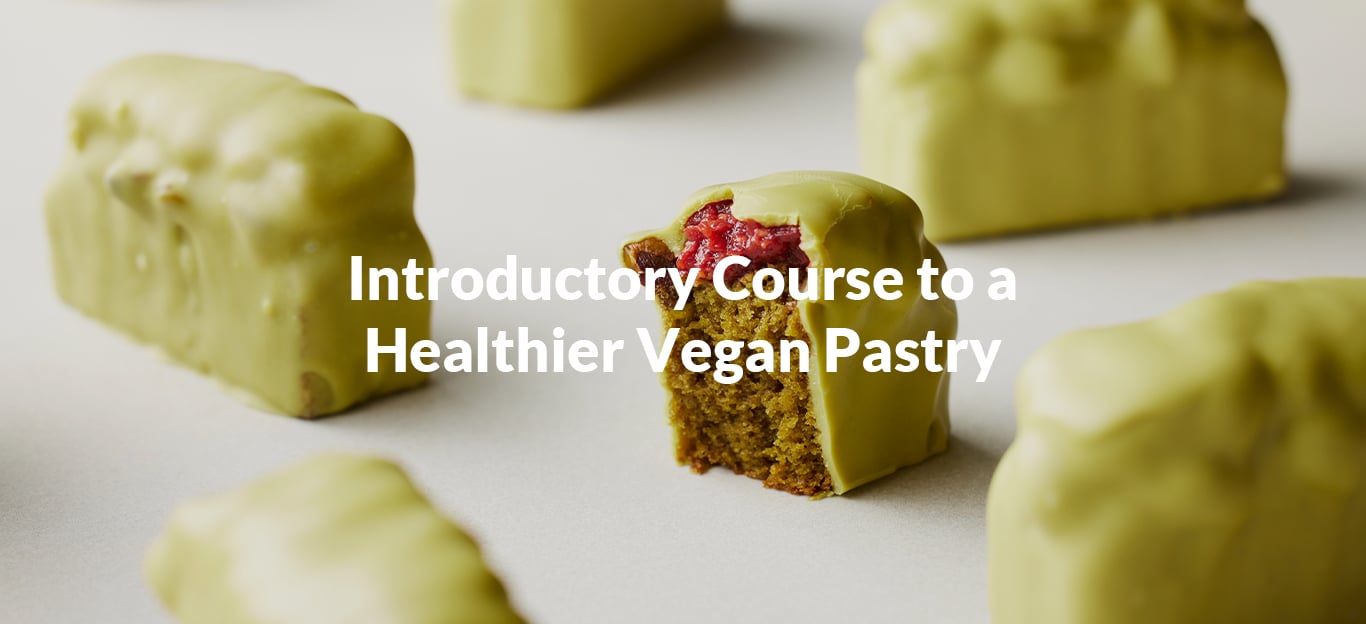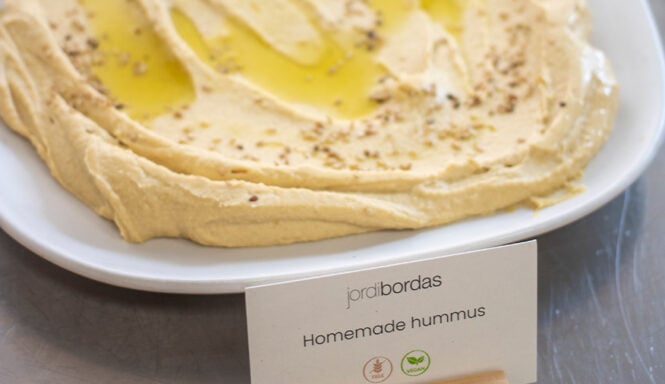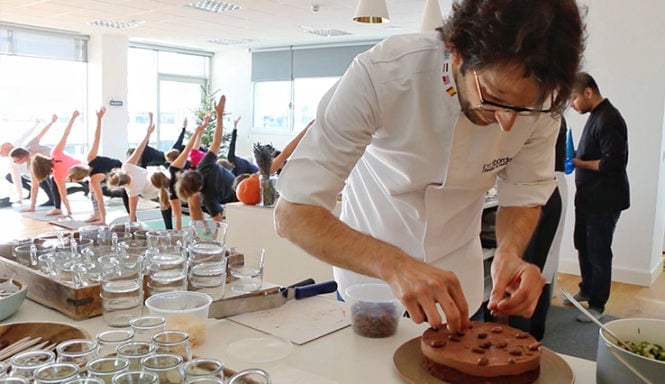
Let’s talk about aeration: What kind of textures do we find?
Aerated textures, also called foams, are very present in the world of pastry and bakery. We find them in elaborations such as airs in restaurant desserts, meringues, marshmallows, mousses, ice cream, biscuits, even bread.
Foams are gas bubbles dispersed in a liquid phase which, depending on the processing, can become a solid, if it gels or coagulates.
We create foams with the aeration technique, which allows us to incorporate air or gas into our recipes, thus creating light textures, with the appearance and mouthfeel different than that of the original preparation.
By controlling the stability and the amount of gas that we incorporate, we can achieve many types of airy textures. If we look at whipped cream, it is considerably denser than a lemon air, given that it has less gas incorporated into its structure.
As the gas is lighter and weighs less than the liquid phase of the foam, the more gas we incorporate, the less the preparation weighs for the same volume. At the same time, as the liquid phase of the foam is much denser than the gas bubbles, the gas gradually escapes.

What types of foams do we have?
Foams can be classified into two groups depending on whether their continuous phase is liquid, as in whipped cream, or solid, as in ice cream.
Liquid foams
Liquid foams are unstable preparation because, given that the continuous phase is liquid, the bubbles can move freely, colliding and merging with each other. For this reason, liquid foams are very delicate, and it is essential to learn how to stabilize them.
A cappuccino foam, a meringue or a restaurant dessert air are all examples of liquid foams.
Solid foams
Solid foams, on the other hand, are colloidal dispersions with gas being the dispersed phase and the continuous phase being a solid. With a solid continuous phase, the gas bubbles are immobilized and cannot move nor merge.
Bread, ice cream or mousses are more stable preparations than liquid foams. To obtain a solid foam we usually start with a liquid that we solidify using, for example, the gelation technique, as in the case of mousses.
All of this, along with what we have just seen with gelling agents, is just a small portion of the theory that we explain during the B·Concept pastry course. In Module 2 of the course, we talk in detail about the 4 basic techniques that need to be mastered for good recipe results. All you really need to know to start formulating recipes from scratch. Sounds interesting?
Ask us anything you want about the B·Concept method and join the revolution! 💚





